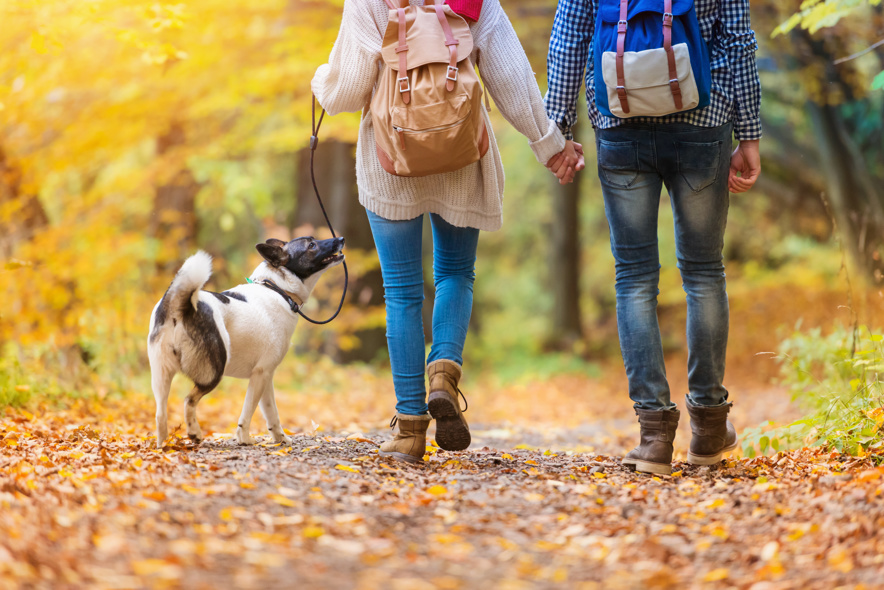Getting dog back on routine
- Dog
For dogs, having a routine is important. With the kids returning to class and the whole family transitioning from summer vacation, our pets will be on their own for the first time since the summer began. It is important to help them, as well as the rest of the family, get back into a routine.

In order to avoid behavioural problems such as separation anxiety, barking or the destruction of objects, your dog should gradually re-enter the back to fall routine. It is best to avoid making this transition drastic. Here are some tips for reintroducing your fall routine to your dog.
- If your dog does not have access to their bowl of food all of the time or meal times have become irregular during the summer months, gradually start feeding them at the same time, ideally over a two-week period. This will help them adjust back to the regular feeding schedule.
- If your dog tends to follow one of the family members around all the time, its best to try to reduce this prior to the fall routine starting again. This will help reduce your dog’s sense of dependence and separation anxiety. For example, you can restrict access to part of the house so that your dog develops a sense of independence. Start a few days before back to class begins and increase the duration of the separation gradually.
- If your dog is alone during the day, it should have exercise morning and evening to help reduce the possibility of being bored during the day. When a dog is bored it tends to find things to do – getting into the garbage, gnawing furniture for example. Before heading back to school and work, get in the habit of going for a walk morning and/or evening, at the same time you would be once school and work begin. For a dog, this type of routine is reassuring and reduces separation anxiety. The longer the walk, the greater the benefits, both physically and mentally.
- When returning home from work or school, try to remain relatively calm. Being too enthusiastic can cause your dog to be anxious. It is best to greet them, get yourself settled and then further greet your dog when it is calm.
- The same goes for your morning departure. It may be tempting to give your dog a hug but it is important for your dog to understand that your departure for the day is no more dramatic than a short absence. Once you have resumed your regular schedule and your dog will be home alone, have some time set aside for fun in the mornings so your absence is associated with pleasure, and not anxiety.
- You could hide treats around the house where you dog can access them to give them something to do during your absence. This will give your dog mental stimulation. Under a table or placed near their dish should do the trick.
- You can also use interactive toys that force the dog to work to get their treat or food. You can freeze cubes of wet food or small blocks of beef or chicken broth.
- Because the once busy and noisy house is now very quiet, you may want to leave the radio or TV on.
- If your dog does not destroy clothes, you may wish to leave a piece of your clothing somewhere they can find it. The scent on the clothing may be comforting and can help reduce anxiety while you are gone.
- Bring your dog to doggy daycare for the day. Occasionally, your dog may like to socialize with other dogs. At the beginning of the school year, book a day every so often.
- Look for a dog walker, a retired neighbour or a friend to spend some time with your dog during the day. The presence of this person will break up the isolation for them.
It is also possible to get another animal to make your dog feel less alone. Everything depends on your dog’s behaviour….a bird can even serve as a companion.
Hoping you, your family and your pets have a smooth transition to your fall routine.